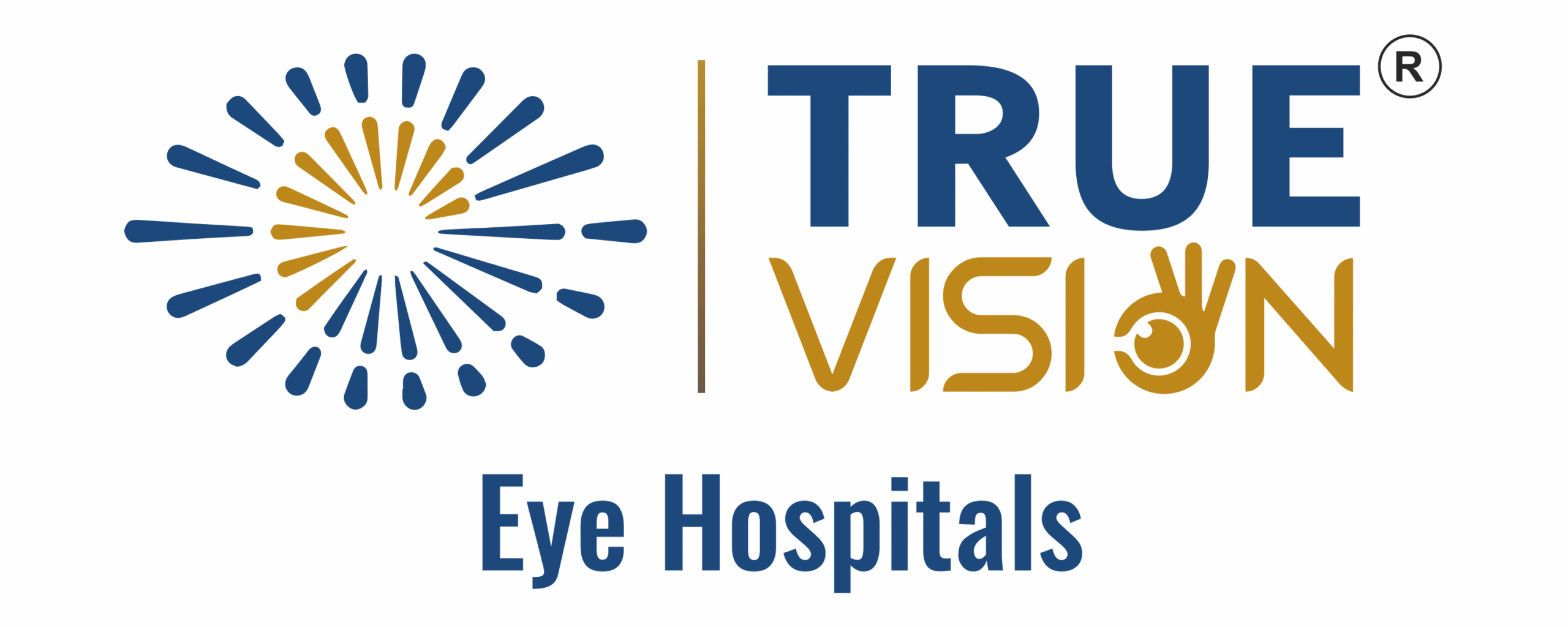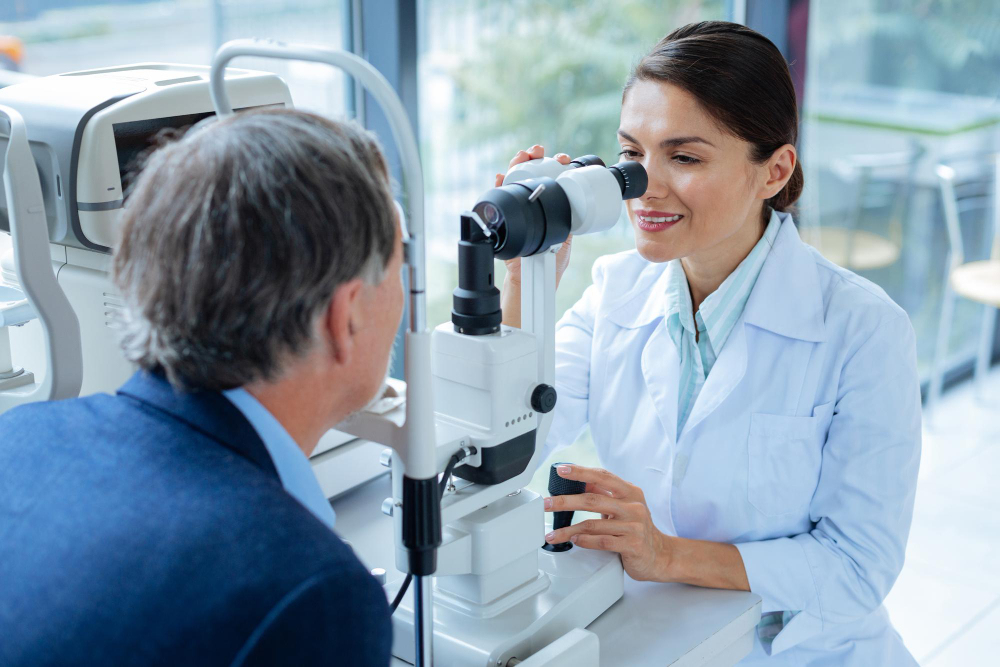Diabetic retinopathy is a common eye problem linked to diabetes. It happens when high blood sugar damages the tiny blood vessels in the retina. Because this condition can lead to vision loss, awareness is very important. Early detection and care can help prevent serious eye complications from diabetes. In this blog, you will learn about diabetic retinopathy, its causes, symptoms, diagnosis, treatment, and how to protect your eyes.
What is Diabetic Retinopathy?
Diabetic retinopathy is an eye disease caused by diabetes. It affects the retina, which is the part of the eye that senses light. Over time, high blood sugar can harm the blood vessels in the retina. As a result, these vessels may leak fluid or bleed. Sometimes, new weak blood vessels grow and cause more problems. If left untreated, diabetic retinopathy can lead to vision loss or even blindness. However, regular eye exams for diabetics can help catch this condition early.
Causes and Risk Factors
Diabetic retinopathy develops because of long-term high blood sugar. But, several other factors can increase your risk. Knowing these can help you take steps to protect your eyes.
According to the CDC, diabetic retinopathy is a leading cause of vision loss in adults. Therefore, managing diabetes and related health issues is key to prevention.
Common Symptoms
In the early stages, diabetic retinopathy may not cause any symptoms. But as the disease gets worse, you may notice changes in your vision. Watch for these signs:
However, not everyone will have all these symptoms. If you notice any changes, see an eye specialist right away. Early treatment can help prevent further retinal damage from diabetes.
How Diabetic Retinopathy is Diagnosed
Regular eye exams are the best way to detect diabetic retinopathy. During the exam, your eye doctor will:
Sometimes, your doctor may use other tests to see how much damage has occurred. For example, a test called fluorescein angiography can show leaking blood vessels. Early diagnosis is important because treatment works best before vision loss occurs.
Treatment Options
Treatment for diabetic retinopathy depends on how severe the condition is. In mild cases, controlling your blood sugar may be enough. But if the disease is advanced, your doctor may suggest:
Even after treatment, regular follow-up visits are needed. This helps your doctor monitor your eyes and prevent further problems. According to the World Health Organization, early treatment can reduce the risk of severe vision loss by up to 95%.
Prevention Tips and Lifestyle Guidance
While diabetic retinopathy is a serious condition, you can take steps to lower your risk. Here are some tips for preventing diabetic retinopathy:
Additionally, staying informed about diabetes eye complications can help you make better choices. Small changes in your daily routine can make a big difference in protecting your vision.
When to See an Eye Specialist
If you have diabetes, you should see an eye specialist every year. However, if you notice any changes in your vision, do not wait. Seek help right away if you experience:
Early action can help prevent serious problems. Remember, regular eye exams for diabetics are the best way to catch issues early.
If you have diabetes or notice changes in your vision, consult an eye specialist for personalized advice. Protecting your eyes starts with taking care of your health today.

